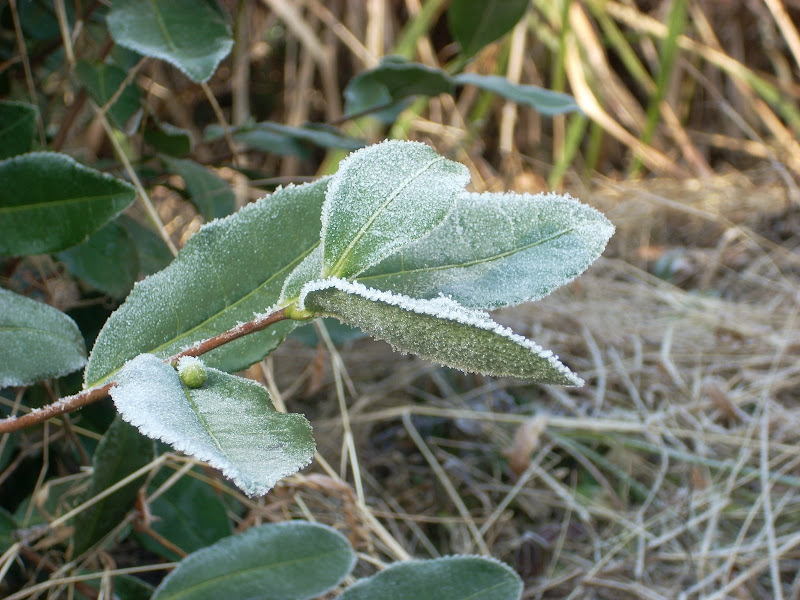
I also have to say, this thread has been great. I've been a little ho-hum about tea lately, and this actually peaked my interest.




I'd like to hear more about this specifically. I operate under the assumption that puerh comes from var. assamica plants (growing in Yunnan). Here your friend seems to be suggesting a different variety?BTW recently over throwing the use of Assamica as they are not exactly the same subvarietal (Large Black vs Small Black)and Pu-er predates Assamica
This is the fruit of the tea plant. The seeds are inside.pb2q wrote:Here's another image from wikipedia which may be instructive:
Similar to images linked already, but here you can see a bud with a number of small stem leaves.
No, sorry, I wasn't pointing out the seed pod, I was indicating the bud growing upwards from the branch. It seems to me that this bud more closely resembles these Ya Bao pieces (than images posted already). So I think that the Ya Bao could indeed be made from the buds of Camellia sinensis.xuancheng wrote:This is the fruit of the tea plant. The seeds are inside.pb2q wrote:Similar to images linked already, but here you can see a bud with a number of small stem leaves.